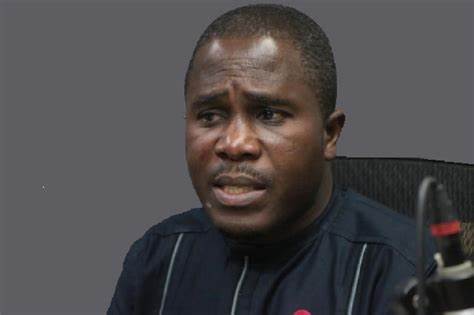The over-reliance on the facility for power supply has caused the Bui Hydro-electric plant, which is supposed to be peak-shaving plant, to operate below the recommended minimum operating water elevation of 168 meters above sea level (masl), since mid-March this year, the Institute for Energy Security has said.
“IES study shows that excessive dispatch of the Bui power facility forced the reservoir to drop to its lowest end-December level of 172.22 meters, in three years; despite the reservoir elevation at start 2020 being at 180.33 meters (3.32 meters above 2019 level)”, it said in a statement.
It further said “due to the non-adherence to initial power supply recommendation for 2020, the Bui reservoir elevation dropped to a minimum of 166.82 at the end of May 2021, the lowest recorded since the Bui dam was constructed.”
Data captured from the 2021 Electricity Supply Plan shows that the total hydro electricity generated for 2020 was 7,293.23 gigawatt-hour (GWh) as against the projected of 6,897.2 GWh. This consisted of 5,164.45 GWh, 862.25 GWh and 1,269.52 GWh from Akosombo, Kpong and Bui hydropower facilities respectively.
Further analysis of the data revealed that although the Bui power generation (GS) station was projected to supply 764 GWh to the National Inter-connected Transmission System (NITS) for 2020, the actual supply came up to 1,260 GWh, a deviation of 65 percent from the initial plan.
The Power Planning Technical Committee (PPTC) according to the IES revised the initial planned 764 GWh to 1,218 GWh during the mid-year review of the 2020 Electricity Supply Plan, since the facility had to produce more than anticipated, to fill a supply deficit from other power plants.
First, the IES said “seeing that the drop in elevation below the recommended minimum operating water level was due to over-drafting of the Lake to make up for power supply deficit, the most appropriate measure is to look beyond the Bui facility for peak-shaving this year. Additionally, the Bui facility has to be dispatch in a manner that adequate water could be stored in the reservoir during the 2021 inflow season.”
“Second, noting that the projected total annual hydro generation for 2021 is 7,001 GWh consisting of 5,650 GWh from Akosombo GS, 850 GWh from Kpong GS and 501.2 GWh from Bui GS; fuel supply for thermal plants would be key in determining the reliability of power supply in 202”, it added.
The IES therefore recommended proper coordination to ensure adequate provision of fuels such as Natural gas, Light Crude Oil and Heavy Fuel Oil for the thermal plants, which are expected to generate over 66% of the power required for 2021.
Latest Stories
-
4-year-old cured leper walks again after Bawumia sponsored her special surgery
1 hour -
Dorcas Affo-Toffey, earns dual Master’s Degrees in Energy, Sustainable Management, and Business Administration
2 hours -
T-bills auction: Government got GH¢21.5bn in November 2024, lower than target
5 hours -
Ghana to return to single digit inflation in quarter one 2026
5 hours -
Panama’s president calls Trump’s Chinese canal claim ‘nonsense’
6 hours -
Manmohan Singh, Indian ex-PM and architect of economic reform, dies at 92
6 hours -
Government is not been fair to WAEC – Clement Apaak on delay to release WASSCE results
6 hours -
Bayer Leverkusen’s Jeremie Frimpong donates to Osu Children’s Home in Ghana
9 hours -
GPL 2024/25: Heart of Lions beat Young Apostles to go three points clear
10 hours -
Dance battles, musical chairs light up Joy FM Party in the Park
10 hours -
Kwabena Kwabena, Camidoh, Kwan Pa Band, others rock Joy FM Family Party in the Park
10 hours -
GPL 2024/2025: Aduana beat struggling Legon Cities
10 hours -
GPL 2024/25: Bechem United fail to honor match against Holy Stars
10 hours -
Cooking competition takes centrestage at Joy FM Family Party In The Park
11 hours -
Album review: ‘Wonder’ by Nana Fredua-Agyeman Jnr
13 hours

